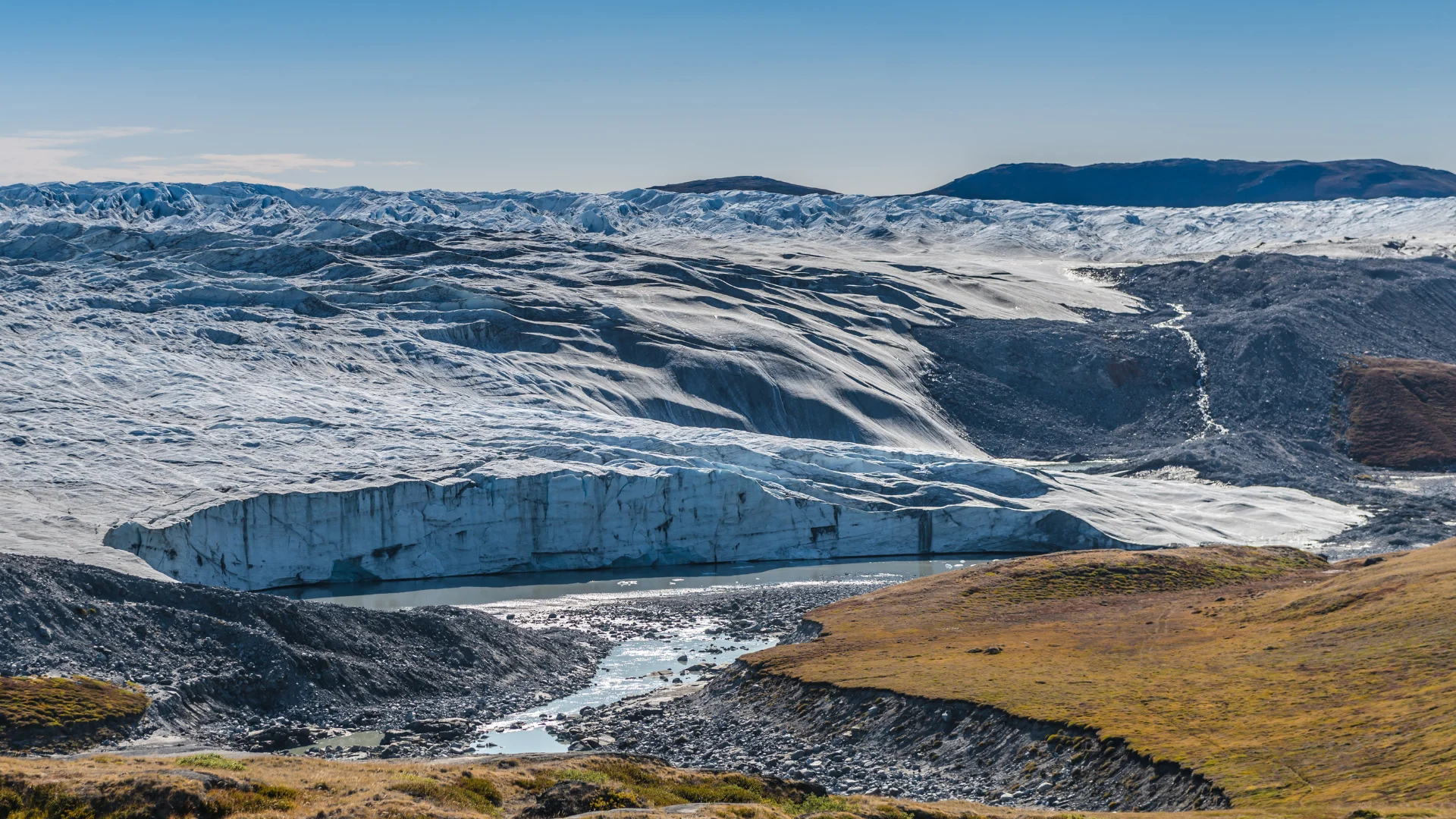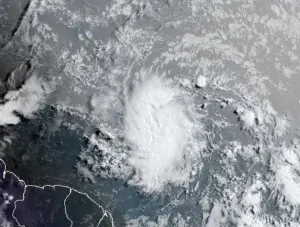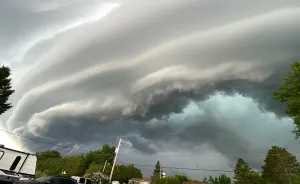
Hoards of giant viruses live in Arctic ice—and they may be protecting it
While giant viruses have been found in the ocean, this is the first time they've been seen on surface ice and snow with microalgae.
Each spring, algae blooms on Arctic ice, causing it to darken. This reduces its ability to reflect sunlight, which can speed up ice melt and contribute to dangerous sea level rises.
But a new study finds hordes of 'giant' viruses are living on the Greenland ice sheet, and they could be protecting it from the effects of climate change.
The Greenland ice sheet is enormous - covering 1.7 million square kilometres.
RELATED: Deep inside Greenland's melting ice cap, the situation is dire
While giant viruses have been found in the ocean, this is the first time they've been seen on surface ice and snow with microalgae.
Researchers aren't sure how the viruses are protecting the ice sheet, but it's suspected they are feeding on the snow algae, working to naturally control blooms.
Giant viruses can be up to 1000 times larger than a flu virus. We still have a lot to learn about them, because they are a relatively new discovery.
And while they're classified as "giant," they still can't be seen by the naked eye. In fact, Laura Perini, the lead author of the study hasn’t even seen them with a microscope yet.
They were discovered in the ice by analyzing DNA samples.
As a next step, scientists will take a closer look at how the viruses interact with the microalgae that lives on ice.
Heder image: File photo via Canva Pro.










